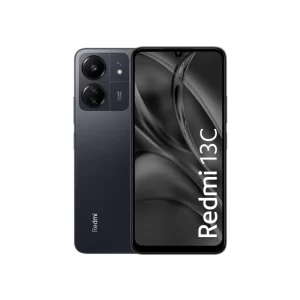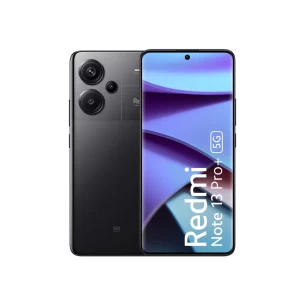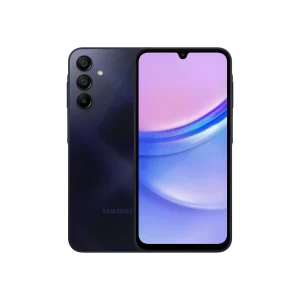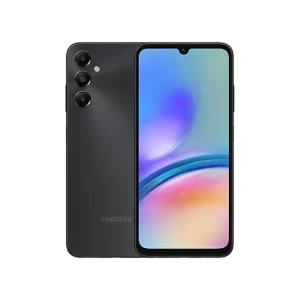Around the globe the public has had a wary eye on drone technology since it gained popularity in the mainstream market. Today’s hobbyist can fly drones under special rules drafted by the FAA in the US that allow for small unmanned aircraft flight so long as the model is within line of sight. Additionally, hobbyist pilots (and commercial operators too) can obtain a license to fly a drone.
Every commercial drone is registered but may be used for a specific purpose that does not require registration. As one website for Protocol drone use points out, the FAA also looks at the weight of the drone to determine whether registration is required. The FAA itself also very clearly defines a difference between recreational and commercial usage.
A couple of weeks back, we were having a conversation with an executive at a leading Zimbabwean company that has a global footprint as well. This person was telling us how they are using drones on their construction and infrastructure projects. They went on to tell us that they now wanted to leverage on their own experience with drones to launch a service (kind of drone hire but a little more than that).
That said, commercial drone usage is growing in the US thanks to the streamlined collection of data they allow for. Let’s look at some of the practical uses of drones right now and maybe here in Zimbabwe we can then determine how we can leapfrog and solve our own unique problems using drones.
Private Investigators
The Wright Group is one of many organizations that are beginning to adopt drones for data collection and assistance in litigation. Drones allow investigators to do their traditional monitoring at a further distance, minimizing the risk to the investigator and of getting caught prematurely.
Courts are also allowing the police to utilize evidence collected through the usage of drones, and investigators are simply following suit.
It’s also important to note that some states are actively legislating against such uses. Private investigators are wary by trade, but any seeking to use drones should probably consult with a lawyer to find out if their hard work (and heard-earned money) will be admissible in a court of law. Will there be such problems in Zimbabwe?
Real Estate
One industry quietly changing with technology has been real estate. The web has been a major boon for real estate agents, who can catalog the properties they sell under a single domain. Virtual tours have become a popular method to show prospective buyers footage of a home before they see it.
Drones are making the experience more interactive and engaging. For now, the footage is a novelty addition to existing virtual tours, but on a larger property, the shots can provide a lay of the land. The footage is also relatively inexpensive, especially when compared to shooting from a helicopter or a crane.
Filmmaking
The impact on filmmaking is fairly obvious: drones have saved studios a lot of money on cranes and harnesses for complicated aerial shots. An entire industry of drone videography has popped up to support Hollywood studios and even event footage.
Drones require a licensed operator, who must acquire certification to fly, but the coursework is not terribly expensive. The interesting note about the impact on film is affordability. Thanks to low costs for registration fees, and a lack of hurdles to hop through, more studios are able to utilize this technology.
This could be a solution for our local film industry if we still have one. Making those quality shots that bring all the difference to film quality is no longer as expensive anymore. We need more creativity here.
Agriculture
Probably the one place where you’d expect not to find drones is one where they may have a gigantic impact on efficiency: the farm field. Drones mounted with the right equipment can monitor all sorts of relevant agricultural data (such as weather, crop or soil condition) using just one person.
Monitoring the health of crops is important for maintaining a good yield each year. Bacterial growth can eradicate crops and is laborious to detect by hand. The ability to respond quickly to this type of outbreak can make or break a smaller farm struggling to meet profit margins.
Farmers can even plant crops using sophisticated drone seed delivery systems. There are some startups here in Zim that are moving towards agriculture solutions that utilise drones.
There must be many more cases of commercial usage of drones around the world. I hope Zimbabweans will creatively investigate these with a view to see where we can take advantage of this simple technology to improve lives and grow businesses.





8 comments
On a side note, one must consider the flight time of a drone. Some drones can stay aloft no longer than 30 minutes on a battery charge. Gas-powered drones are very expensive. The drone’s operator must be considered in determining cost. An alternative that might work if several farms join together would be to mount a sensor pod on a standard civilian aircraft and have the pilot fly a pattern to collect data. The volume, types, and resolution of data can be greatly increased thereby. In all things though, lay out a plan and determine its entire cost before proceeding. For a farm, the plan has to show the entire process from ground preparation through harvest. Be sure the outlay of coin is worth the potential crop value increase if new data were employed.
good insight. However the drone which is specifically for agric is the ebee sq which is several times cheaper than a plane hire. it has a sq multi spectral sensor as well as an RGB camera. its flight is in actual fact 55 Min and can map anything between 200 -2000hactars on one battery. We have tried this in Zimbabwe and it worked.
your insight on fully planning is very important so you know when to optimally fly. it’s also important to note that a drone is just a flying camera and does not process images into orthomosaics or 3d models or even agric indices like ndvi. So it’s necessary to invest in the software that does this like pix4d or precision mapper. if you are considering a follow on my comments please contact me on hsamboko@dronesolutions.co.zw
Hubert — Many thanks for the information on drone types. Was not aware of that capability. The combination of multi-spectral and RGB is important since NDVI alone is not going to help much. Nor are the other indexes that can be calculated from RGB data.
It may not be necessary to purchase software. QGIS (http://www.qgis.org/en/site) is open-source, very popular and, well-documented. Am going to pass your email on to a friend of mine in Zimbabwe since he is examining alternatives for crop monitoring.
How far has CAAZ gone in the crafting of regulations in the flying of UAV?
Are we allowed to implement projects within that circumference?
Drones are being used in Zimbabwe for mostly Agriculture, mapping, mining surveys / surveillance And telecomms inspectionIf you would like to find out how you can use drones in your industry. pay us a visit at no. 9 Belfast Emerald Hill in Harare. or email sales@dronesolutions.co.zw
I did a Business Plan on Drone use in Agriculture on one of the innovation drive. This is a smarter way to go.
Is there a link to that plan?
have you tried drones as a mitigation on poaching